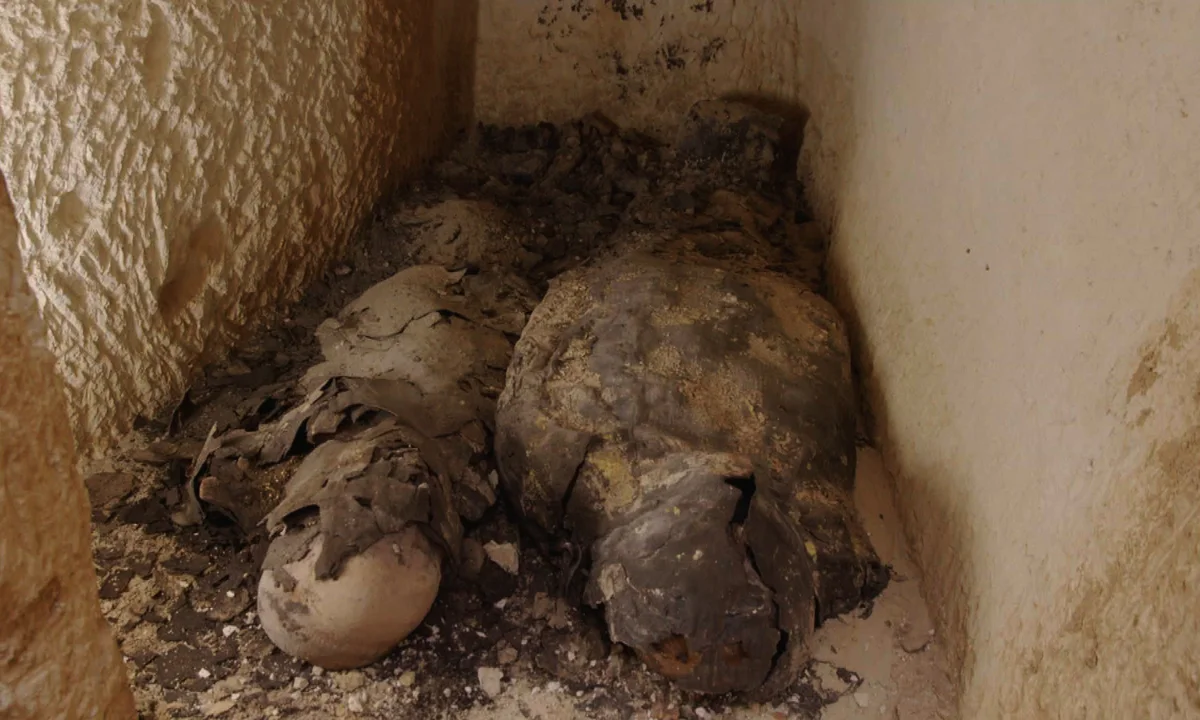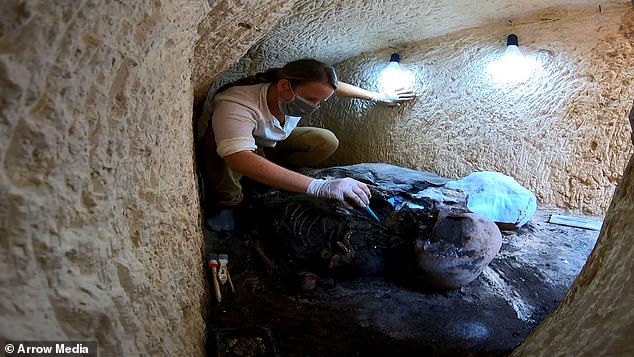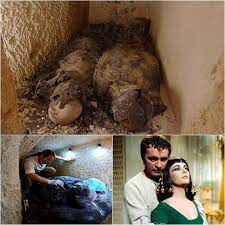Egyptian Mummies Yield New Clues: Intensive Search for Cleopatra’s Lost Tomb Begins
The headline “Egyptian Mummies Yield New Clues: Intensive Search for Cleopatra’s Lost Tomb Begins” reflects a significant and ongoing effort in Egyptology. While Cleopatra’s tomb remains one of history’s greatest unsolved mysteries, recent archaeological discoveries have provided tantalizing new clues that are fueling an intensive search, particularly at the ancient site of Taposiris Magna.

The search for Cleopatra’s tomb is a real and active endeavor, spearheaded by archaeologist Kathleen Martinez. For decades, the prevailing theory among many scholars was that the tomb was located in Alexandria and had been submerged by tsunamis and earthquakes. However, Martinez has championed an alternative hypothesis: that Cleopatra and her lover, Mark Antony, were buried in the Temple of Taposiris Magna, a city founded by Cleopatra’s ancestors about 25 miles west of Alexandria. This theory is based on the strong association of the temple with the goddess Isis, with whom Cleopatra closely identified.

Recent excavations at Taposiris Magna have yielded discoveries that have bolstered Martinez’s theory and intensified the search. In late 2022, her team announced the discovery of a vast tunnel, nearly a mile long, hewn through solid rock beneath the temple. This engineering marvel has drawn comparisons to the famous Tunnel of Eupalinos in Greece and, while its purpose is not yet confirmed, Martinez believes it could be a crucial lead. Other finds at the site, including coins bearing Cleopatra’s likeness and a bust of a woman wearing a royal crown, have also been unearthed, though experts are divided on whether the bust actually depicts the queen herself. These discoveries, while not definitive proof, have reignited hope and provided a tangible focus for the ongoing search for one of history’s most sought-after treasures.
